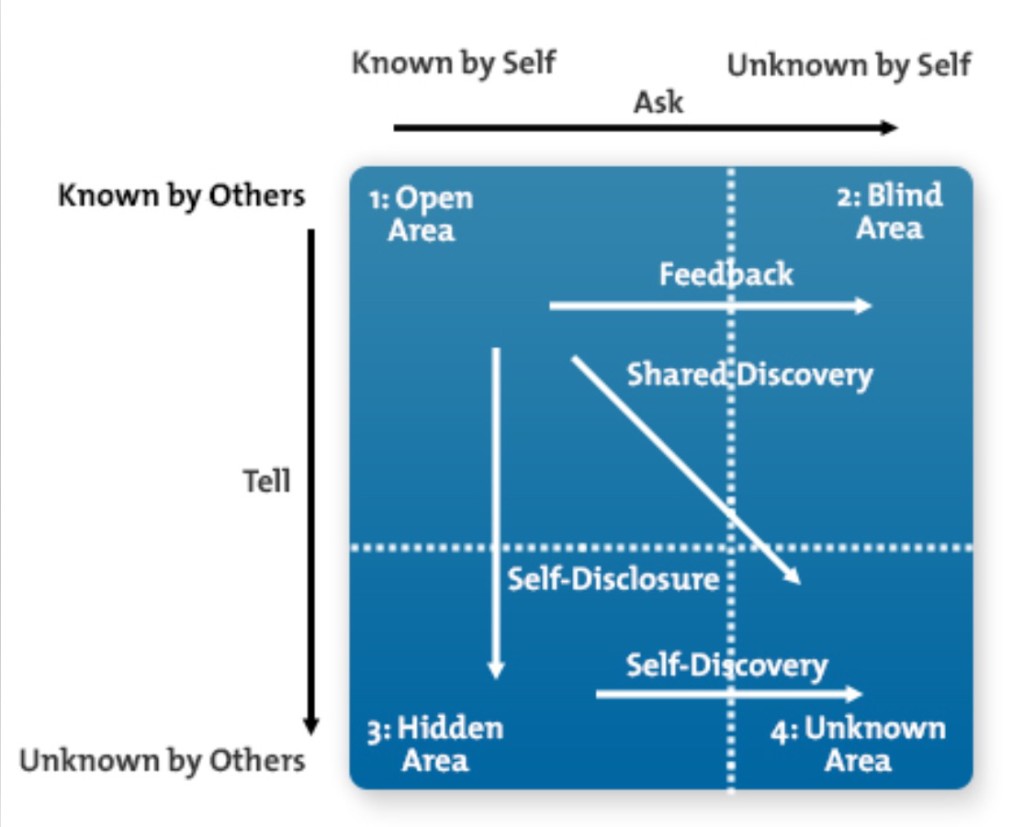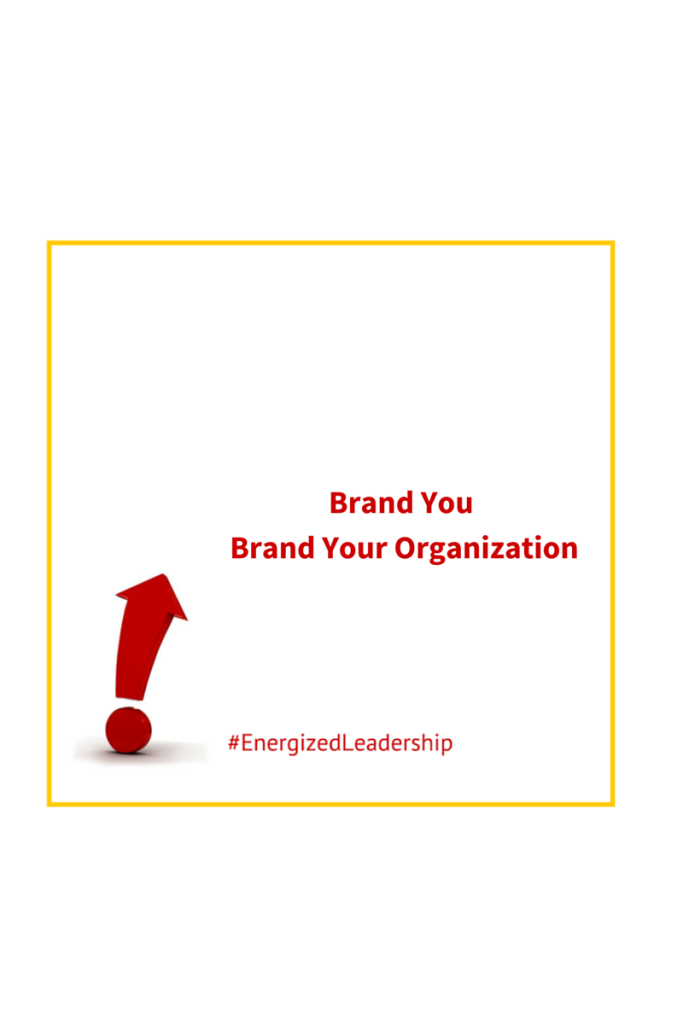Assertiveness means being aggressive, and so I chose not to be assertive, was the comment made by one of my colleagues whilst we were chatting about the ability to say “No”.
-Does assertiveness equal aggression ?
-If a woman is assertive, is the common misperception, especially in the Asian society, that she is aggressive.
– if your boss, knowing that you have an important commitment at 6 pm today, which you have informed him of, walks over to your desk at 5:30 pm and tells you that you need to submit some deliverables by 7 pm this evening, for a client meeting at 10 am tomorrow, would that be considered aggressive ?
– if you decide to remind him of your commitment at 6 pm and state that you will attend to it the next morning and submit it before the client meeting, would that be assertive or aggressive?
Assertiveness is often perceived as aggression. On the spectrum of communication, passive lies at one end and aggression at the other end. Assertiveness lies right at the mid-range. Assertiveness is where not only your needs matter but also those of others and the way you communicate, takes care of both.
Assertive communication is about working with people and not against them. Albert Mehrabian has conducted several studies on communication and his premise was that when we are not aligned in our vocal, visual and verbal, minimal or no importance is given to our words (verbal). When our body language, facial expressions, tone in which we communicate and the words we communicate with, are incongruent, what is given importance in our communication is
55% to body language and facial expressions – Visual
38% to vocal – tone of our voice
7% to words – words used to deliver our message.
Assertive communication can be aggressive if our tone, body language, and facial expressions used to convey our message indicates rudeness and arrogance even if the words used may be gentle.
If your boss decides to dump something on your desk at the 11th hour, very well knowing that you had a commitment, that is considered aggression. If you decide to say that you will attend to it tomorrow and make sure it gets done before the client meeting, then it is not considered as aggression as long as your visual, vocal and verbal are aligned and does not indicate rudeness.
Aggressive behavior is where you are arrogant and demand for things whereas Assertiveness is about being frank and forthright about your needs and rights without ignoring those of others.
Being assertive may be challenging and it is a skill that can be learned. The primer for developing your assertiveness is a good understanding of who you are and a belief in the value you bring. When you have that and are able to convey that in the way you communicate, you display your self-confidence.
How to be Assertive and What are some of the techniques ?
→1. To be professional and respectful
→2. Use appropriate language and humor
→3. Consider the audience, relationship, and environment
→4. Turn the negative into positive
→5. Aware of diversity issues
→6. Listen without prejudice or bias
→7. Be non-judgmental
→8. Do not get defensive
→9. Be warm and approachable
→10. To Communicate assertively means to communicate with diplomacy, and tact and confidence. It means being aware and sensitive and keeping negative emotions at bay.
→11. To be assertive does not mean compromising nor being aggressive. You can get to “win-win” more easily and see the value in what your counterparty or audience is saying and in his/her position. You see their point of view.
→12. You Walk your talk and you stay committed to your word.
→13. You treat everyone else as they would want to be treated and in doing so, you are self-confident and believe in yourself.
→14. You are empathetic and do not shy away from direct communication.
→15. You prepare well on the way you need to communicate. You maintain your EQ even in the most difficult of circumstances.
Being assertive shows that you respect yourself because you are willing to stand up for your interests and express your thoughts and feelings without hurting others.
Assertiveness is not the solutions to all your problems and you need to be assertive as is appropriate to the given situation. Context is key to being an assertive communicator.
With the various transitions in life, you need to be assertive and find your core. For enhancing your communications skills either on a one-on-one basis or by way of grouse workshops, please connect with me.












